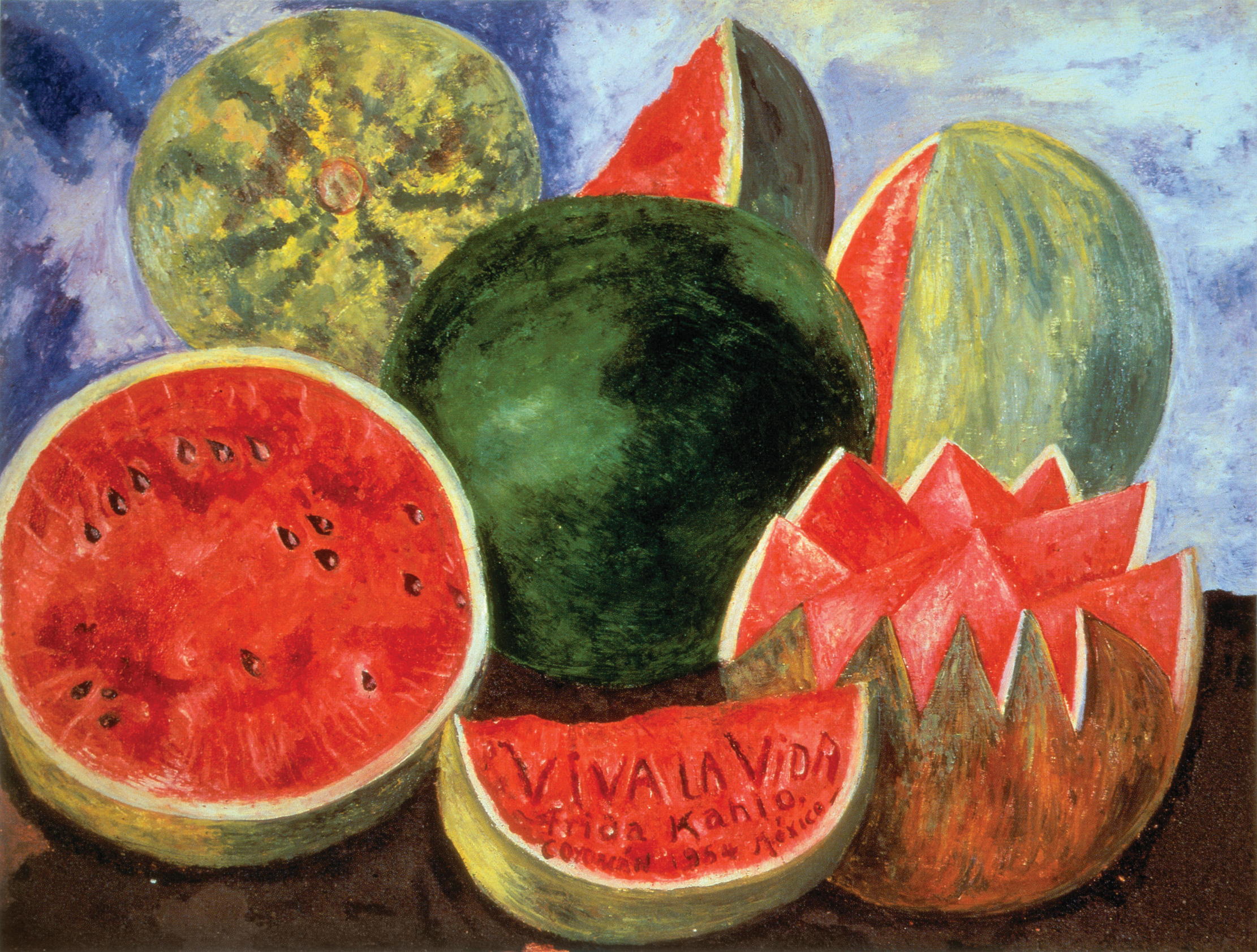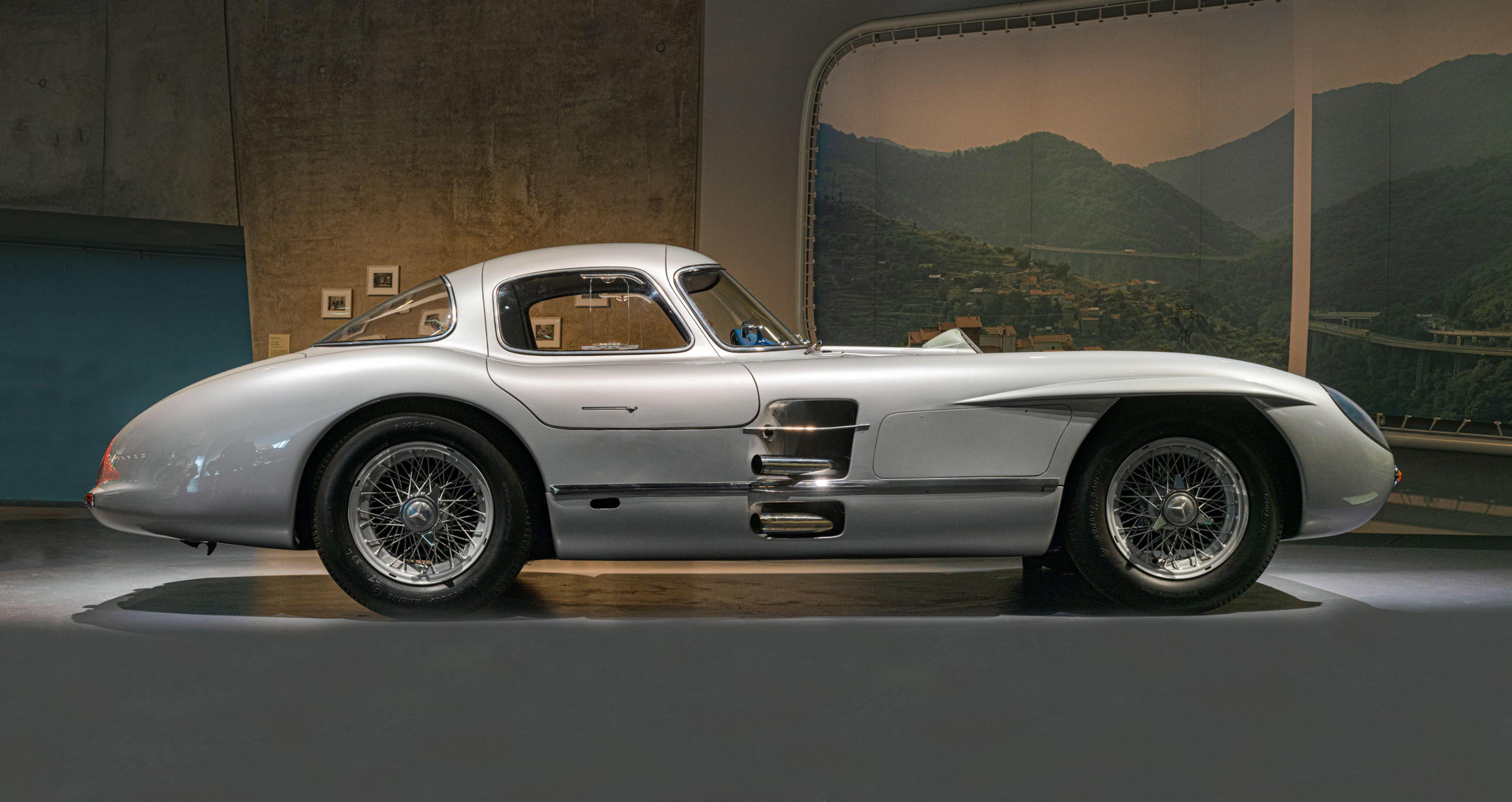'I painted my own reality': The five key moments that defined Frida Kahlo's life and work
70 years on from the death of Frida Kahlo, Carla Passino takes a look at the work and life of the trailblazing artist.


Seventy years ago, on July 13, 1954, Mexican artist Frida Kahlo died, aged only 47. She had exhibited widely, but her contemporaries would have remembered her perhaps more for her tempestuous marriage to one of Mexico’s pre-eminent artists, Diego Rivera — they cheated on each other multiple times, divorced and remarried — than for her art. Her work has since become hugely popular and her reputation now overshadows his.
1. Kahlo had been at school and destined to become a medic when a traffic accident changed her life. It left permanent injuries, but also marked the start of her artistic career, as she began painting portraits during her recovery. Her chronic pain would shape her work throughout the rest of her life
2. Albeit of mixed heritage — her mother was Mexican, her father German — Kahlo drew heavily from the folk art of her native country. She was also influenced by the work of her husband, twice her age and well established when they married. In her art, she examined the traditional role expected of her and her own unconventional life
3. A miscarriage in 1932 was another source of artistic reflection, prompting works that explored the female body. With so much of her art anchored in her own experience, she rejected the Surrealism label bestowed on her by an impressed André Breton, saying: ‘I never painted my dreams, I painted my own reality’

4. In 1938, Kahlo staged a successful exhibition in New York, US, in which she sold about a dozen paintings and secured important commissions, including from then-MOMA president Anson Goodyear. A later exhibition in France wasn’t as successful, but the French state bought one of her works, The Frame, for the Louvre (now at the Musée National d’Art Moderne)
5. A staunch Communist, she became especially keen to bring politics into her art in her later years, but her very last work, the watermelon-filled Viva la Vida (above), completed only eight days before she died, is a celebration of the cycle of life and death.
Sign up for the Country Life Newsletter
Exquisite houses, the beauty of Nature, and how to get the most from your life, straight to your inbox.
Carla must be the only Italian that finds the English weather more congenial than her native country’s sunshine. An antique herself, she became Country Life’s Arts & Antiques editor in 2023 having previously covered, as a freelance journalist, heritage, conservation, history and property stories, for which she won a couple of awards. Her musical taste has never evolved past Puccini and she spends most of her time immersed in any century before the 20th.
-
 Jungle temples, pet snakes and the most expensive car in the world: Country Life Quiz of the Day, April 14, 2025
Jungle temples, pet snakes and the most expensive car in the world: Country Life Quiz of the Day, April 14, 2025Mondays's quiz tests your knowledge on English kings, astronomy and fashion.
By James Fisher Published
-
 Welcome to the modern party barn, where disco balls are 'non-negotiable'
Welcome to the modern party barn, where disco balls are 'non-negotiable'A party barn is the ultimate good-time utopia, devoid of the toil of a home gym or the practicalities of a home office. Modern efforts are a world away from the draughty, hay-bales-and-a-hi-fi set-up of yesteryear.
By Annabel Dixon Published